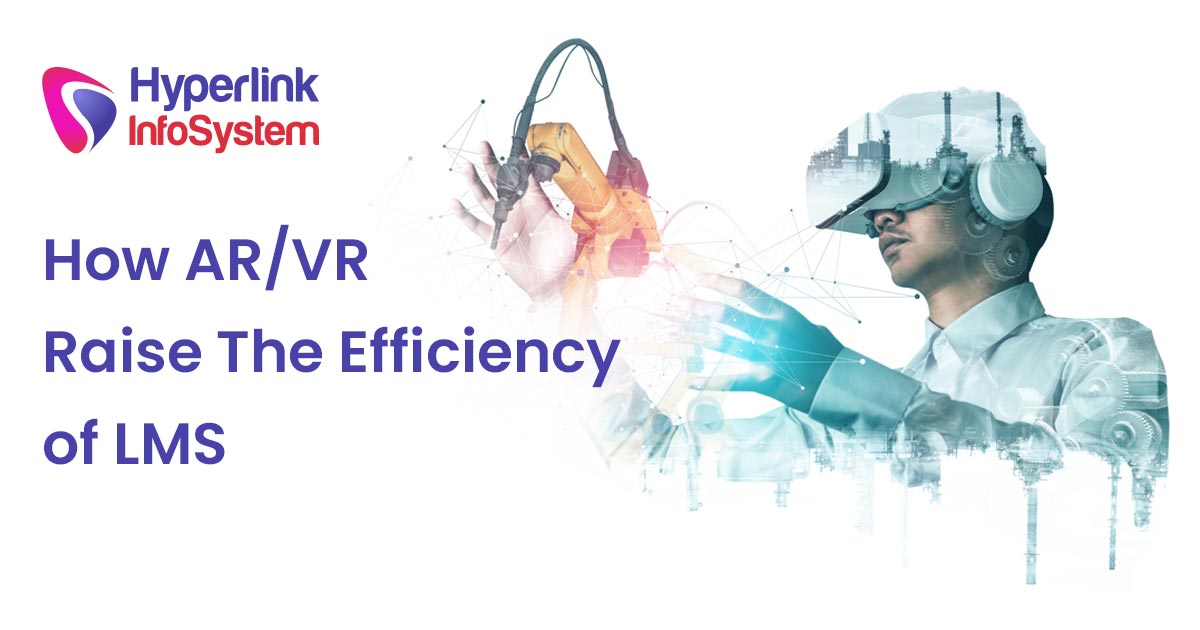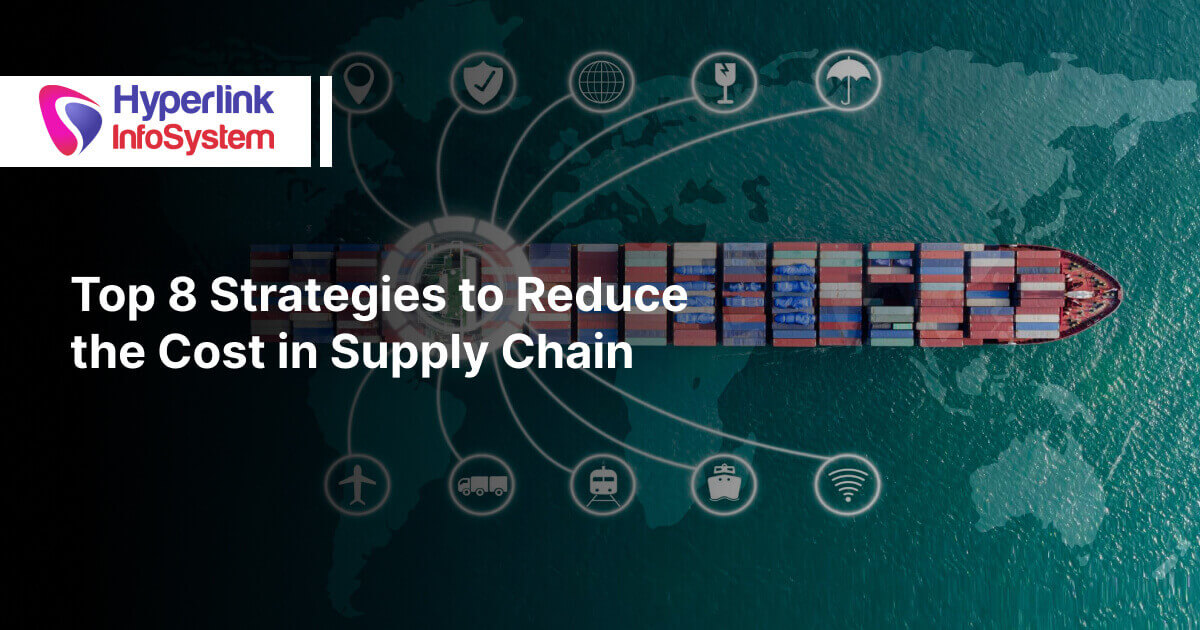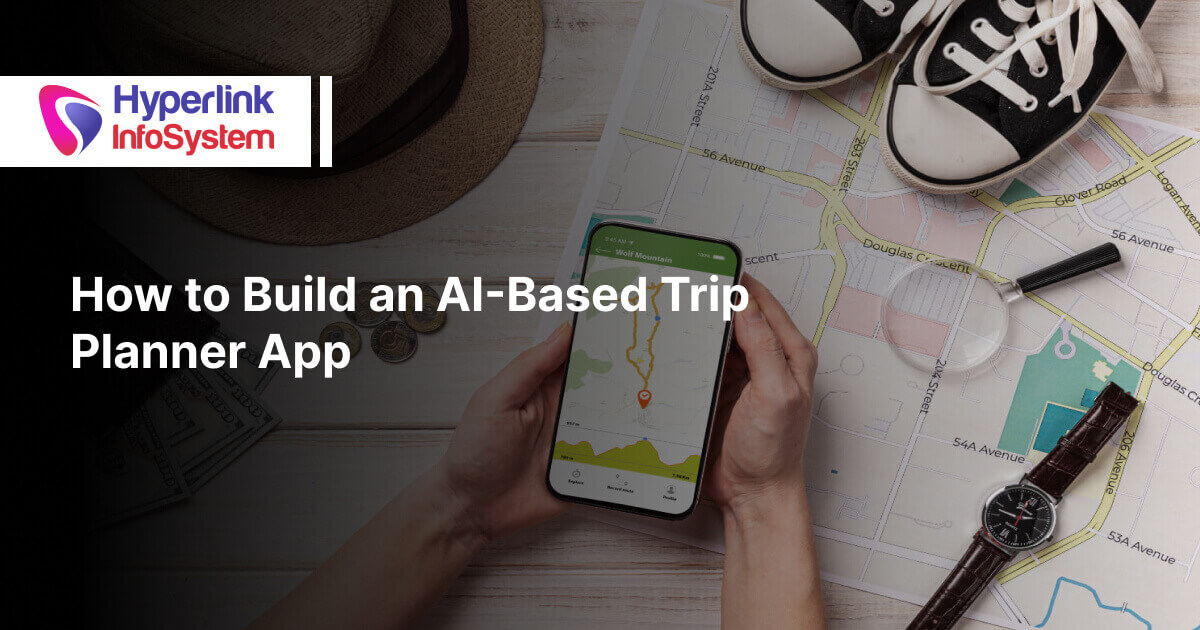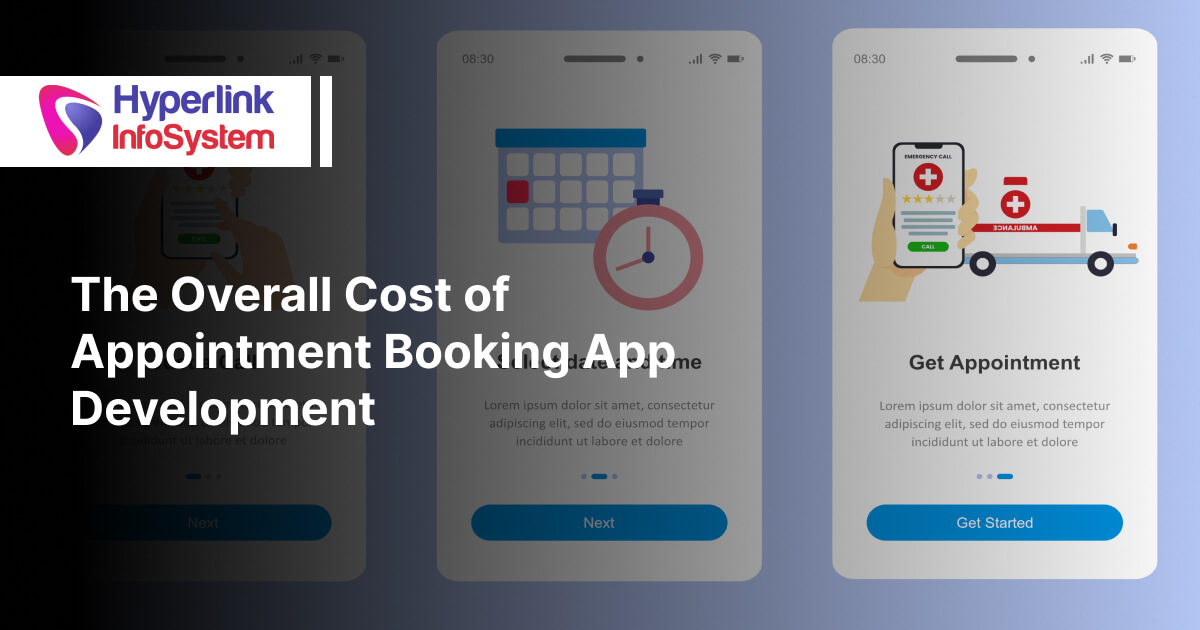As a learner, it is important to keep up with the latest trends in technology. Technology plays an integral role in how we learn today and has been making learning more efficient.
The advent of Augmented Reality (AR) and Virtual Reality (VR) has brought us new ways to interact with our learning content.
VR has been a revolutionary technology that will bring new changes to the world. It is one of the most popular trends in today's society and is being used for many different purposes.
The LMS is one of the most popular tools in any company, and it has been for decades. But when people think about the LMS, they often don't realize that many things can be done to improve its efficiency.
One of these improvements is integration with AR/VR technology.
With the integration of VR, LMS becomes more efficient. Modern learners have a variety of choices for what they want to learn and when they want to learn it.
It is important that their LMS can be accessed from anywhere at any time so that their needs are met in this fast-paced world. To keep up with the demands of the modern learner, you need an adaptive learning platform like AR/VR that provides a personalized experience.
But, I am getting ahead of myself. Where are my manners? I directly jumped to the topic without even greeting you, dear reader. So, how have you been? I hope life hasn’t been too harsh on you.
It’s good to see you come back, old friend.
So, before we go any further, I’ll show you the main outline of this article. Feel free to jump to any section you like.
- What is VR? (Virtual Reality)
- What is LMS? (Learning Management system)
- What are the benefits of integrating VR with LMS.
This article is chock-full of terms that, if you’re not a developer, then will be difficult for you to understand. Still, I will do my best to cater to all of you. I hope I do a good job.
Let’s get going then.
What is VR/Virtual Reality?
The reality that is virtual is called virtual reality. Thank you, folks, have a great one goodbye.
*Crickets*
It would have been great had I done something like that because I am on a clock, but don’t worry, I’ll further explain things to you.
Now, my first sentence wasn't wrong. VR is, short for virtual reality, and allows people to be fully immersed in a pre-made environment. Ever seen those people wearing headsets with visors? Yeah, probably they were having, what you call, a virtual reality experience.
These VR headsets consist of a Visor (Or for you simpletons, a screen) a headset strapped or fitted to your head. Dark lenses covering your eyes and all that stuff.
It's there for blocking the outside world. It helps to make it appear as if what you see through the headset is your entire world.
Well, that about wraps up the basics of VR. With that done, let’s talk about LMS
What is LMS?
LMS is the short form of the Learning Management System.
A learning management system is a digital learning environment. So, if you have read our older parts, you'll know why it will vibe with VR.
LMS' main function is to manage all aspects of a company’s different training endeavors.
It also manages the information of the users. This helps in personalizing the delivery including their user profile, job functions, and preferences.
LMS' best aspect is that it can also track learners’ progress. LMS activities can be in any way the student needs. Be it instructor-led or e-learning courseware. Students and learners, both can track their skills and competencies. And as required, either improve upon or add to their skillsets.
And that's not all, guys. Along with managing, tracking, and delivering training, an LMS provides valuable analytics as well!. The analytics are provided on an organization’s training effectiveness and other aspects of improvement. An LMS can also help in synchronizing training with development efforts.
Now, both the terms, LMS, and VR are done. Let’s focus on the real deal, which is…
What are the benefits of integrating VR with LMS?
Personalization:
As we have discussed before, personalization is one of the best ways of teaching others. No one is the same and not everyone learns equally.
This is how personalization can take place by integrating VR with LMS:
- Content and the student become closer.
- Multi-sensory elements are used.
- Mistakes are acceptable.
- Collaboration is encouraged.
All these different yet compatible elements help to build an emotional and memorable learning experience. This is what the students are likely to recommend and share.
More Engaging Experience:
Teaching today has become monotonous. AR and VR technologies have a learning experience that stands out from everything else.
I mean, the fact that it's about Virtual Reality and learning kind of shows that. And this can also potentially trigger higher recall and comprehension rates.
At the same point, these experiences are almost always more enwrapping for the team members. Especially when it comes to the corporate sector.
Knowledge Estimation and Tracking
Undoubtedly, LMS techniques by themselves are different than standard training procedures, and measuring is going to be complicated in this. It doesn't matter if the success is in the terms of the trainee's performance or the course's effectiveness.
Adapting VR technologies gives us the tremendous opportunity to keep an eye out for the learner's ability to grasp and grow with the course. Be it mental, physical, emotional, or all grouped together.
Bonus point: It can be VERY cost-effective.
Conclusion:
We hope you liked our article. For more information regarding LMS and VR, check out this great article. Thank you for your time. We will see you soon.
 +1 309 791 4105
+1 309 791 4105




















































 +91 8000 161161
+91 8000 161161
